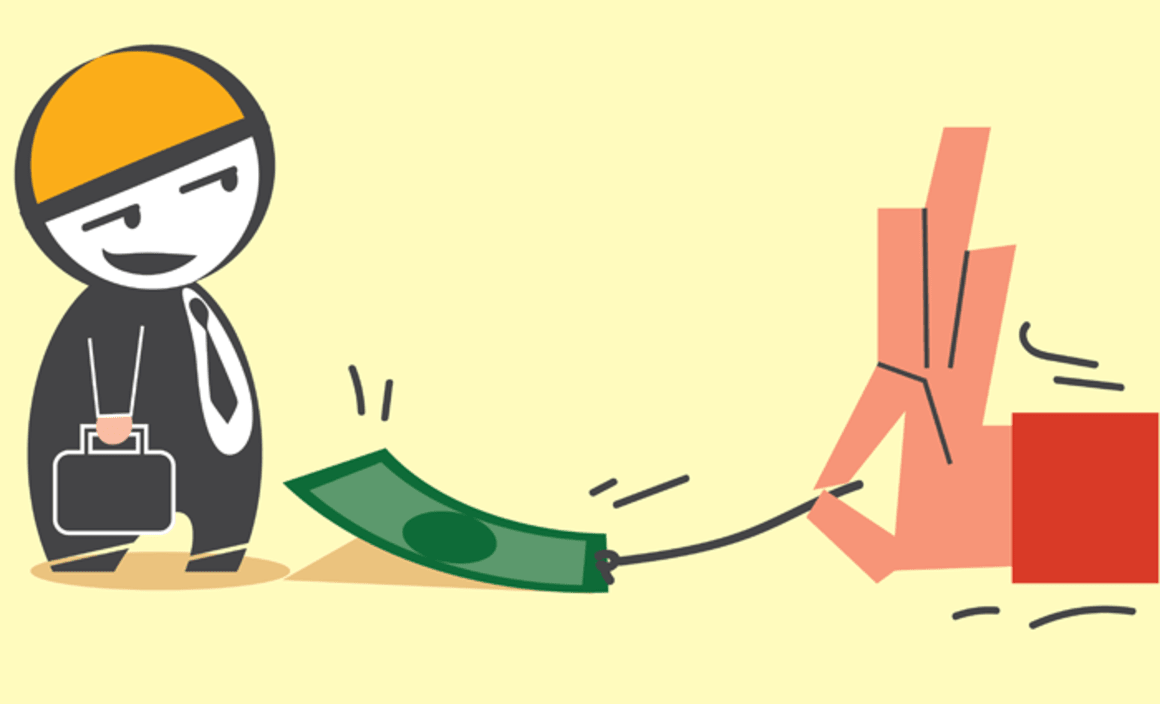In 2015, expect to see measures to temper investor demand

I made one glaring observation about the Australian property markets in 2014: many commentators have absolutely no idea how the markets work and persistently work and respond accordingly from incorrect data.
In 2014 there was no bubble that burst, there was no property boom, although Sydney in particular led the charge of the letterboxes given there is a misguided focus on median house prices. Of course it’s an absolute no-brainer when you constantly use the Sydney figure given the top three house price sales were three eastern suburbs homes for $39.000 million, $37.000 million and $32.000 million (approximately) which obviously skews the median prices to silly levels.
Commentators then force feed this data by suggesting that the Sydney median house price is surging and this is reflective for all price demographics. When you remove the elephants in the market – otherwise known as the investors – Sydney performed well although by no means a property boom/bubble.
I agree that Sydney luxury residential to run second only to New York in 2015: Knight Frank however if you removed the new overseas buyer surge Sydney would in all probability be in decline, given this is what is driving the top – end currently. It will be interesting to watch in 2015 if the report on foreign investment in residential real estate has any impact on the top – end property markets given the significant exposure this topic has received.
We auctioned an apartment last Saturday and a prospective buyer asked me if they could bid given this prospective purchaser did not have Australian residency nor FIRB approval (they must have seen my cameo on 7.30 recently). I advised them no and the only way they can legally bid is to put the property in the daughter’s name then transfer the name once approval was granted and then they would have to pay stamp duty again. They decided to pay double stamp duty if they were successful although they missed out.
2015 will be an extraordinary year for real estate given for the first time we will see new measures which, depending on how severe, are all aimed at tempering the insatiable appetite of property investors. Firstly, we will watch with interest how the macroprudential measures are applied and the effect this has on property investors. Short-term, we can expect to see a little hesitance although the investors will return bigger than ever. Of course the investor threshold has APRA concerned given it’s now well above the 10% comfort zone. The threshold is much like the inflation rate where the Reserve Bank likes to keep this between 2 and 3%.
The other big talking point in 2015 will be negative gearing given it is now being described as a class warfare –which is the last thing the federal government wants to hear. No doubt the Murray Inquiry will be front and centre for real estate debate given it was a sweeping review which made 44 recommendations with 13 taxes requiring attention.
Will this inquiry be treated with the same disdain as the Henry Tax Review whose many recommendations were quickly filed in the too hard basket? I expect much of the same given the Abbott government is struggling in the polls – although I would add that nothing would surprise me. In 2011/12 (yes, these are the current figures to work from) Australia had 1.9 million property investors, so one can only imagine how much this has increased given the huge role property investors have played in 2013/14. Whatever the outcome we can expect to see some form of tinkering with negative gearing although having said that nobody really knows for sure what impact this will have on property markets in general.
In 2014 very few got the cash rate predictions correct which remained unchanged for 2014 at 2.50%. Full marks to Australia’s head teller Glenn Stevens who was under all sorts of pressure from a multitude of peanut galleries to prick this property bubble. His reading of Australia’s property markets proved to be 100% correct, although sadly very few acknowledge the outstanding job he does by getting these crucial calls right.
It would not be an easy job given the vast majority of the Reserve’s decisions is made from incomplete and more often than not inaccurate data. Or as our head teller recently described this as “the vagaries of quarterly national accounting”.
I wonder what his thoughts are on the Sydney median house price given the methodology applied should be the definition of dumb and dumber?
Over to the Mosman market where the greatest number of houses on the market in 2014 (in any one week) peaked at 123 (on 20 November) Mosman on seven occasions had more than 100 properties for sale and that was from 23 October to 4 December. The greatest number of apartments on the market in 2014 was 76 on 27 November. Cremorne houses peaked at 21 on 16 October and Cremorne apartments peaked at 41 on 6 November. Neutral Bay houses peaked at 15 on 20 March and apartments peaked at 54 on 16 October.
On reflection these are small numbers in comparison to previous years (pre-GFC) so the local markets remain constant albeit somewhat docile – we don’t see any significant changes for 2015. Our policy is to call the market as it is – warts and all.